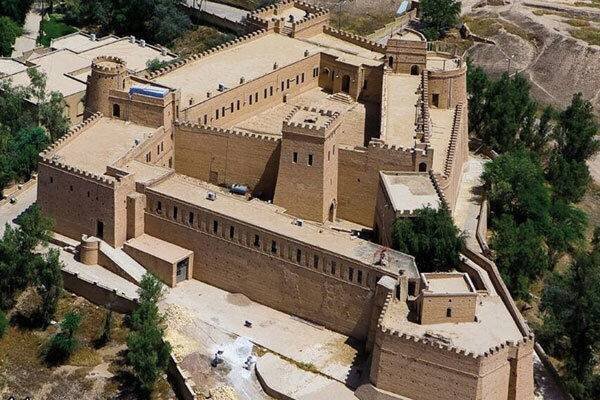Shush: from global heritage to civilizational capacity

TEHRAN—Shush, which embraces UNESCO-listed Susa in southwestern Iran, is considered one of history’s beating hearts and one of the most ancient human settlements not only for Khuzestan people but also for all Iranians, wrote a Shush lawmaker in Majlis.
Mohammad Ka’b-Amir also said that it is the dynamic identity of originality and civilization, IRIB wrote.
He added that in today’s world, what establishes and sustains the capabilities of nations is not simply the size of the economy and the extent of geographical borders; rather, it is the depth of civilization and historical values and narratives that a nation can present itself on a global level.
In this regard, registration of Susa as a UNESCO World Heritage site is a cultural achievement and an opportunity for redefining Iran’s status in cultural equations and relations of the new century.
Susa, which served as the capital city of the Elamites, Achaemenids, and Sassanids, can play a fundamental role in the line of balanced development, cultural diplomacy, and production of soft power.
Along with Susa, Tchogha Zanbil, as Iran’s first monument registered on the UNESCO World Heritage list, has a complex engineering structure and deep religious roots. It is evidence of the historical continuity of Iranian rationality, spirituality and creativity in previous millennia.
“We are proud that two unique global monuments have been located in this region,” the MP said.
At the same time, it must be admitted that there is a meaningful gap between global capacities and the current situation of infrastructure in Shush, Ka’b-Amir added.
“The accommodation infrastructure, transportation system, tourism information dissemination, training of tour guides, calendar of cultural events, and systematic participation of people in using the capacities are still far from the ideal point.”
“If we want Shush to turn into a dynamic civilizational state in Iran’s geography from a mere ancient name, we should enter this global treasure into the economic, social, and cultural biome of the local people.”
“I declare proudly that there is full readiness for multilateral cooperation with a focus on the Ministry of Cultural Heritage, Tourism and Handicrafts in unified management, wise exploitation, and future-oriented protection of Shush and Tchogha Zanbil sites.
“This readiness includes supporting the infrastructural projects, attracting domestic and international investment, promoting the world heritage sites, launching specialized museums, promoting cultural events with participation of nongovernmental organizations, and compiling comprehensive programs for training and employment.”
“Today, we should move toward global streaming. If we know Shush correctly, the world will know us through Shush.”
Shush is overlapped with the ancient city of Susa, which is now a UNESCO World Heritage site. Situated between the Karkheh and Dez rivers in southwest Iran, Susa was once one of the most important and glamorous cities of the ancient world. Susa, which has been inhabited for thousands of years, embraces several layers of superimposed urban settlements from around the late 5th millennium BC until the 13th century CE.
KD
